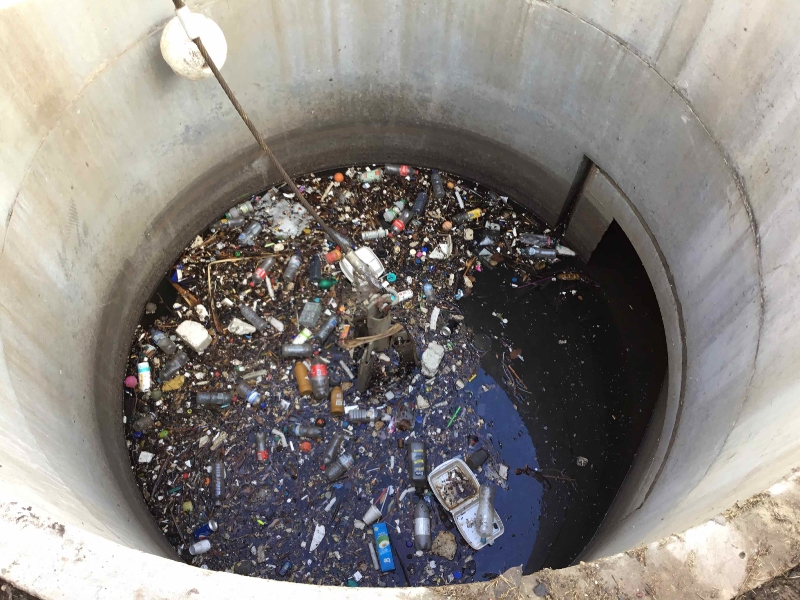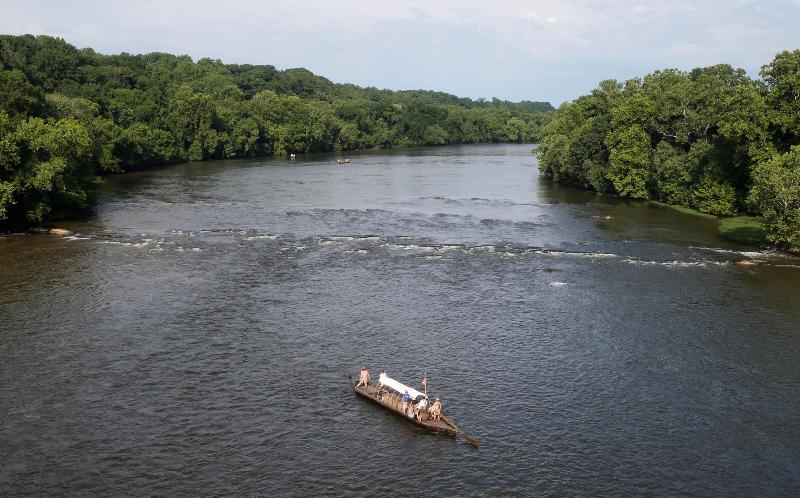If you are having a hard time figuring out how gross pollutant trap enhances the river health then this article has got you covered below.
Gross pollutant traps
For simplification in understanding, let’s get what Gross pollutants traps are? These are structures which utilize the physical processes to trap solid waste. The definition of solid waste is vast, so it is vital to understand that gross pollutant traps deal with litter and another coarse sediment. These traps majorly remove huge, non-biodegradable pollutants. Let’s peek into an inner functionality of gross pollutant traps. The gross pollutant traps majorly comprise of sediment trap. The process encourages sedimentation. How? Well, flows seeps into a concrete basin. The flow is detained in the basin by a weir which decreases the flow and thus encourages sedimentation. Now there is an advanced mechanism involved which traps the sediments by controlling the flow. The screens, weirs, and chambers ensure to trap sediments.
Treatment by Gross pollutant traps

Gross pollutant traps offer several treatments like physical screening, separation processes, and rapid sedimentation. The gross pollutant trap is largely known for stopping and retaining two types of containments which include coarse sediments and gross pollutants.
Functionality of gross pollutant traps
One will encounter several types of gross pollutant traps. There is one similarity in all of them and that is their ability to trap sediment and litter above 5 mm in size. The reason behind such a mechanism is the ease with which the sediments get removed through the water system. This process ensures that the treatment of stormwater can be done much more effectively. There is a common question that pops in my head regarding the removal of nutrients. One needs to bear in mind that a gross pollutant trap is not an ideal option for the removal of nutrients.
Selection of gross pollutant traps

The selection of a gross pollutant trap is not an easy process for many, especially when the installation of stormwater has to be done. You need to be extra careful because each system needs an individual verification. You need to verify and validate every claim made by the manufacturer. You need to be particular about the size and know what works well. You will mainly find pollutant trap which will suit medium and small-sized system. Such gross trap pollutant will not make an ideal option for large areas like the wetlands. The better approach would be not to consider gross pollutant trap for larger areas but sediment ponds for that purpose.
Benefits and limitations
You need to know how gross pollutant are beneficial and advantageous to enhance river health. Well, these gross pollutant traps can be easily hidden from view. Moreover, they are known to offer small lateral footprint. There are few limitations of gross pollutant traps which can not be ignored. These gross pollutant traps offer limited removal of sediments a dissolved pollutant. These are a bit complex in installation and costly to budget. One needs to carry out regular cleaning for optimum performance.






